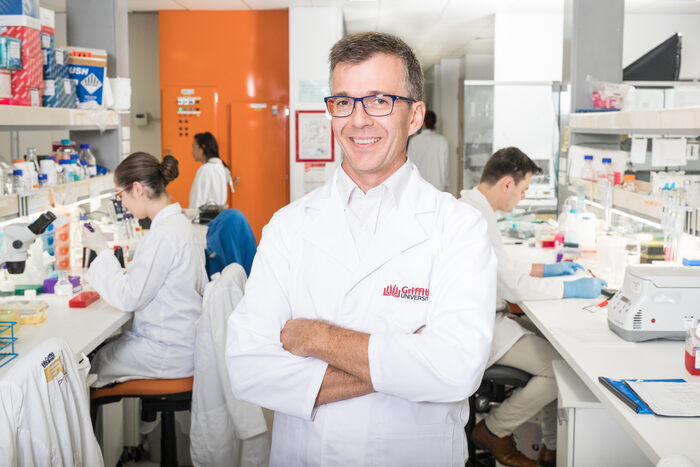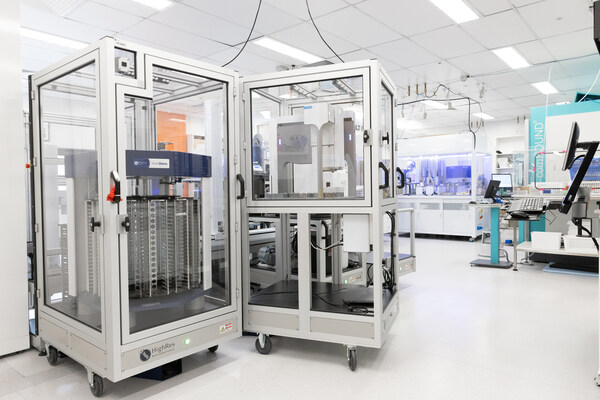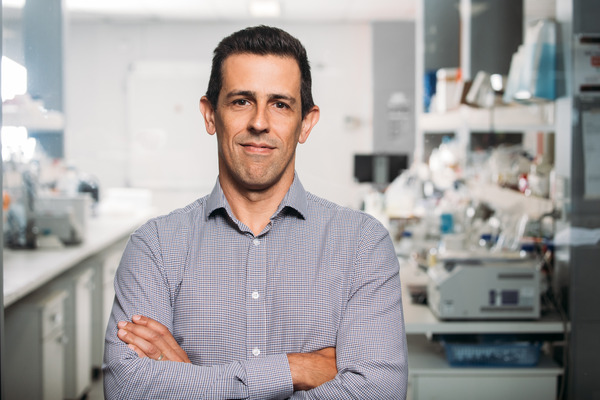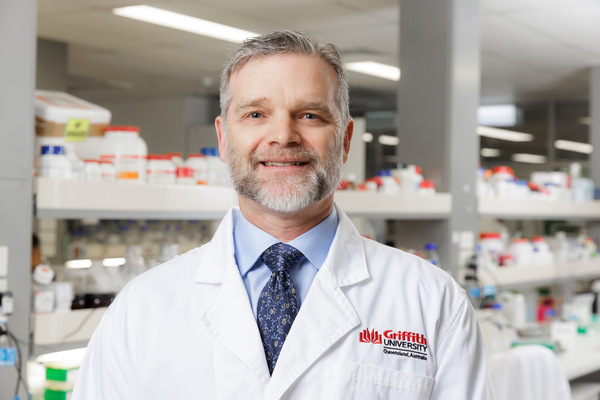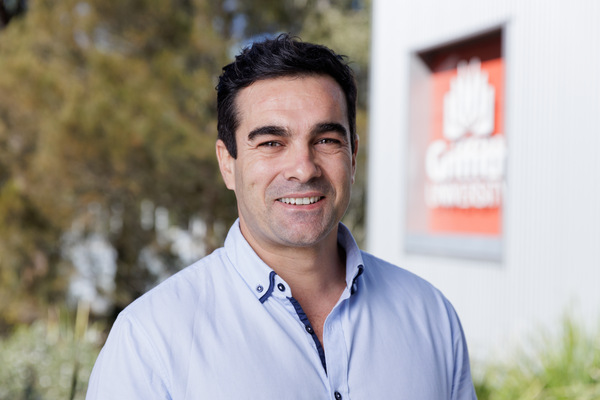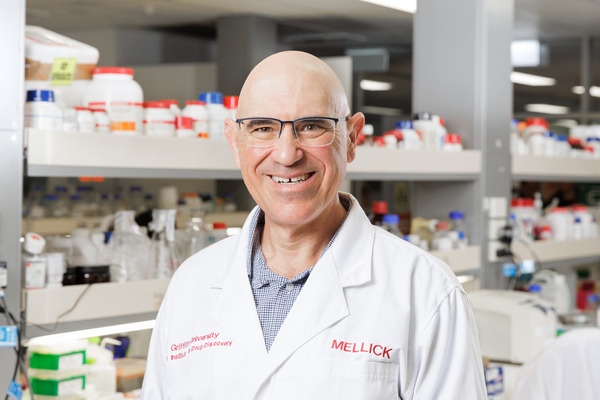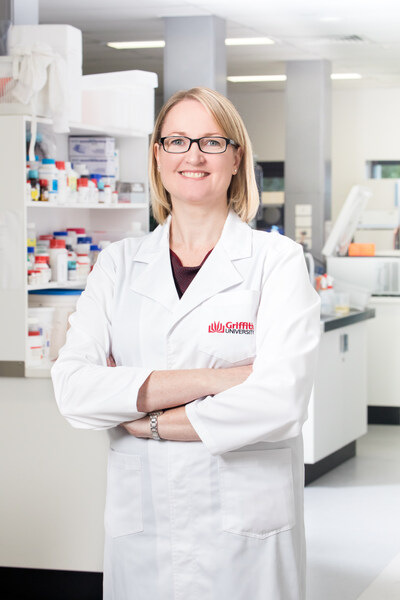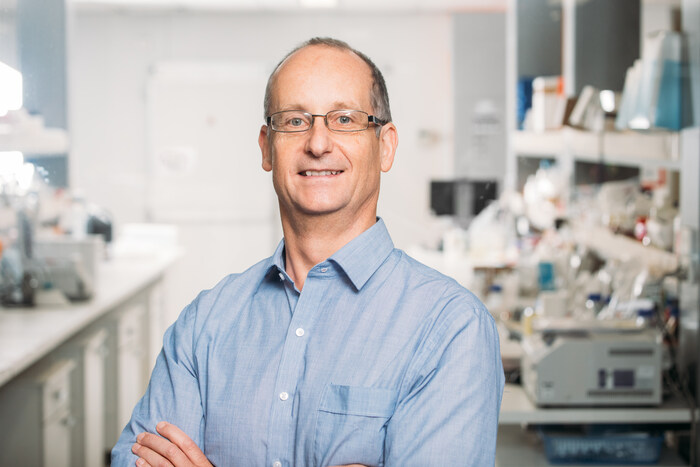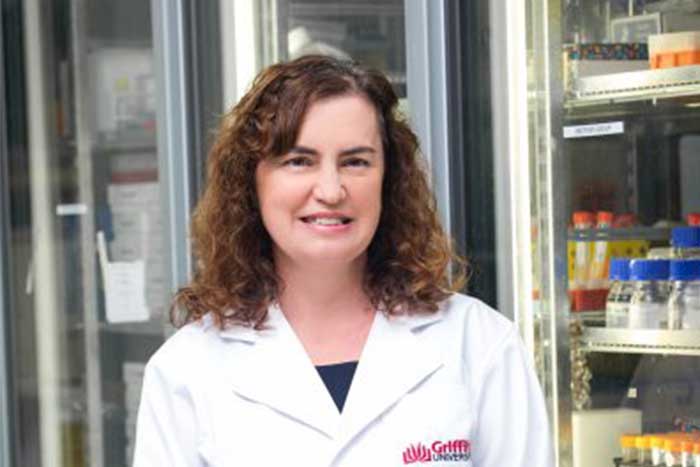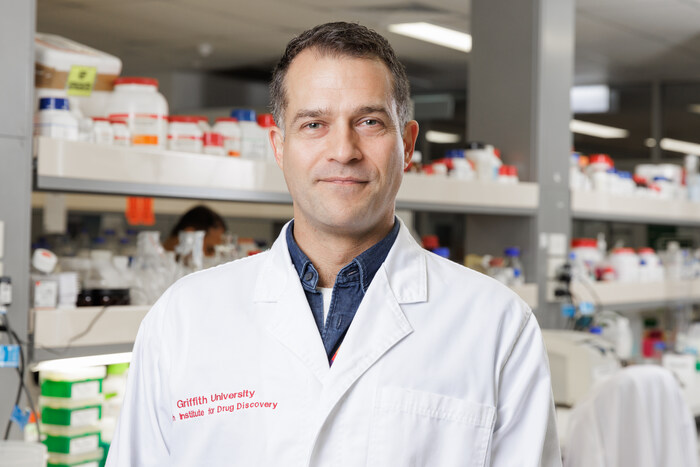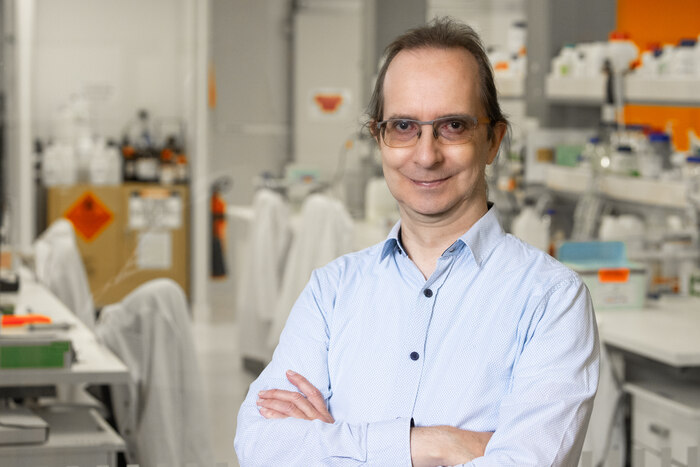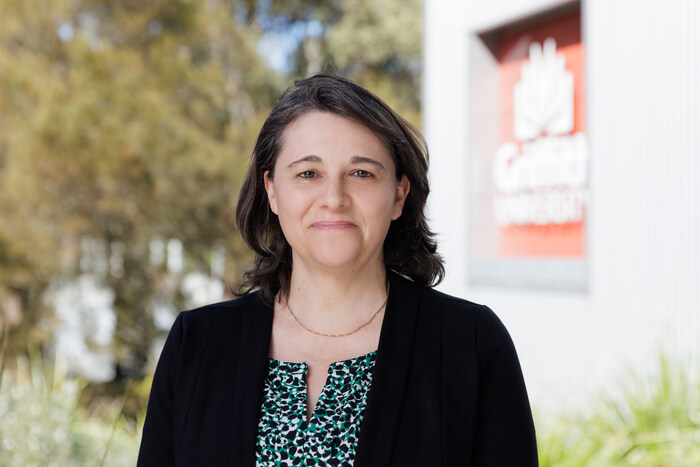To better manage heart disease, we need to move beyond the known risk factors and build a deeper understanding of how this devastating disease works.
In the fight against heart disease, health organisations have rightly looked to influence peoples’ eating and exercise habits as important contributors to this widespread illness. However, this has given heart disease somewhat of an image problem.
Most people associate heart attacks with risk factors such as smoking, high cholesterol and obesity. However, in approximately 27% of patients, none of these risk factors are apparent. All of the current therapies for heart disease target known risk factors, so we have no way of identifying or treating this group of patients with silent heart disease.
Heart disease is also Australia’s leading cause of death (118 people per day) and most expensive illness ($5 billion annually from the Australian economy), so we need to learn more about this disease to be able to identify it earlier and to find better ways to treat it.
Dr Danielle Kamato and her team at the Griffith Institute for Drug Discovery, Griffith University, aim to unravel the complex biological pathways associated with non-traditional risk factors leading to heart attacks. In testament to the importance of her work, Dr Kamato was awarded a Future Leader Fellowship from the Heart Foundation in 2022 so as to add her expertise to the fight against heart disease.
“Like so many families, mine has also been impacted by heart disease. Since I was younger, I’ve had a keen interest in heart health,” Dr Kamato said. “For heart disease, there is still a lot we don’t understand. Our research aims to change this and to find better ways treat this prevalent disease. We undertake research that has high potential to be translated into new medications.”
Heart disease begins with cholesterol building up in blood vessels. Cells that line blood vessels can produce molecules called ‘proteoglycans’ that make the blood vessels sticky. Cholesterol that would usually freely pass through is trapped in the sticky blood vessels and continues to build up silently over many years, eventually leading to a heart attack.
Dr Kamato and her team are examining how sticky proteoglycan molecules behave and how they can be stopped. This will pave the way for the discovery of new treatments. As the interaction between cholesterol and these sticky molecules is one of the earliest steps in the development of heart disease, they will also evaluate this process for its potential to aid in early diagnosis.
The substantial public health and economic implications arising from heart disease and our lack in knowledge of non-conventional risk factors highlights the need to delve deeper into understanding this illness. Luckily, researchers like Dr Kamato and her team have already taken up the call, and will help move us towards both understanding and more effectively treating this impactful disease.
Dr Kamato and her team are seeking philanthropic and general donations to progress their work. If you would like to contribute to their ground-breaking research, please find more information here:
We are very grateful for any individual or corporate donations and bequests. Through the GRIDD Director’s Circle you can also help provide career and personal development opportunities for GRIDD’s students and early career researchers.
Dr Kamato and her team are open to collaborations with industry and academic groups. To learn more about Dr Kamato’s research and her contact details:
To keep up to date with developments at GRIDD:
Sustainable Development Goals
Griffith University is aligned with the United Nation’s Sustainable Development Goals (SDGs) and is committed to advancing knowledge, innovation, and practices that promote holistic health and well-being.
